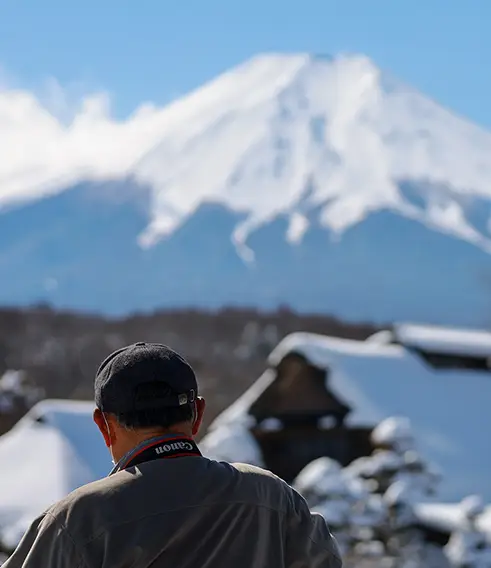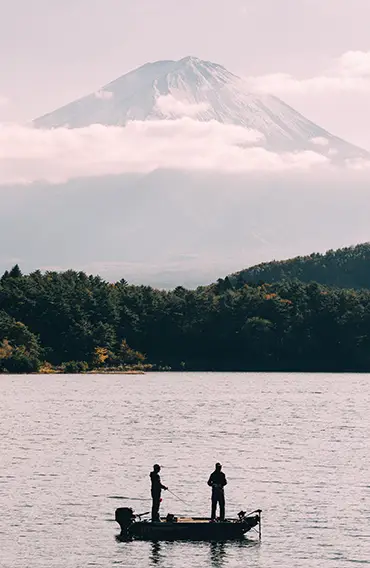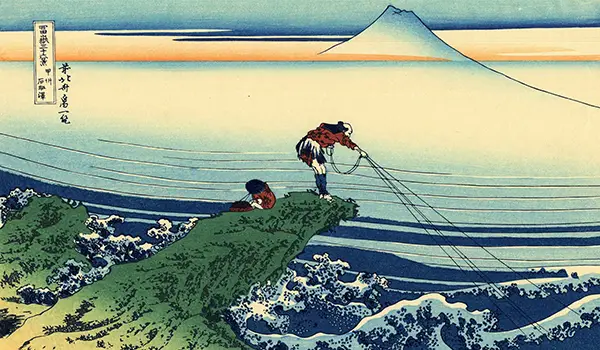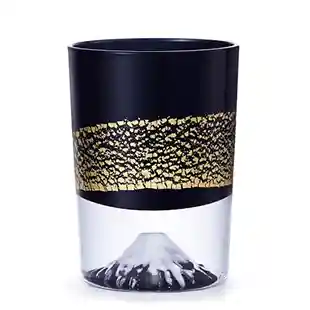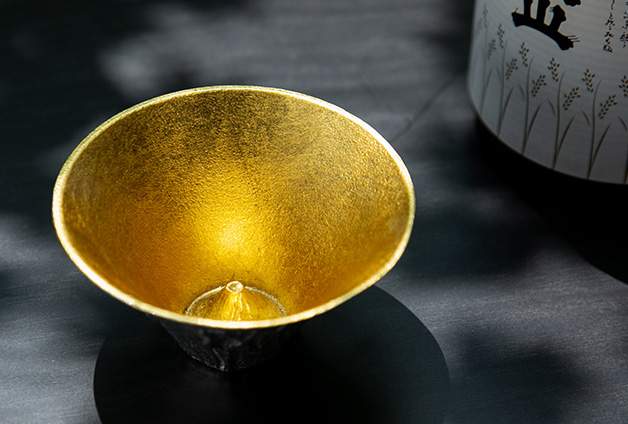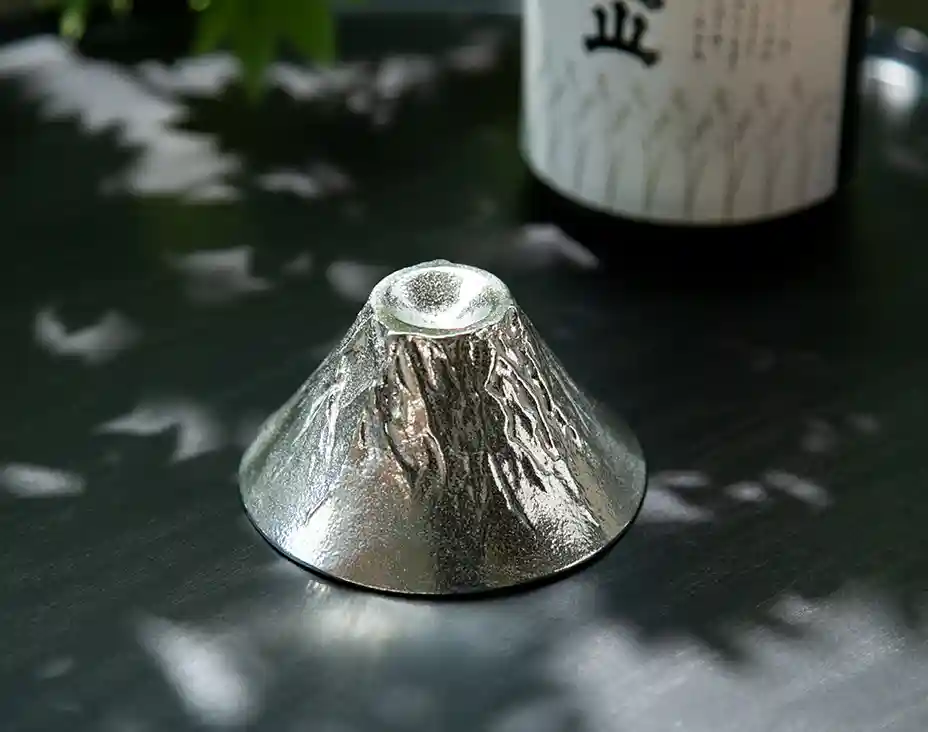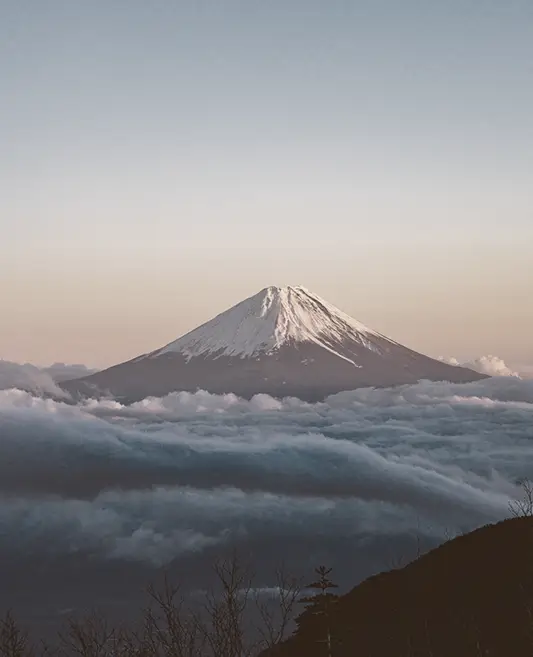
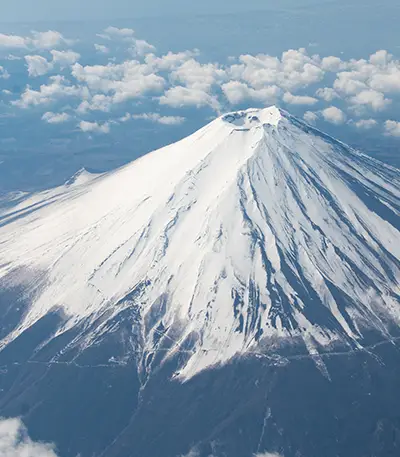
Fuji-san
that's what we call the mountain
Mt. Fuji has been the subject of various creative works, including paintings and literature, because of its beautiful appearance. Fuji is mentioned in the Manyoshu, Japan’s oldest collection of waka poems compiled in the 8th century. It has also been the subject of classical works such as “Taketori Monogatari” and “Ise Monogatari”, which are haikus by Matsuo Basho and Yosako Buson, and works by Natsume Soseki (“Fuji”) and Dazai Osamu (“Hagoromo”). In the late Muromachi period (1336-1573) and early Edo period (1603-1867), Mt. Fuji was also depicted in ukiyoe paintings such as “Fugaku Sanjurokkei” by Katsushika Hokusai, “Fujisanjurokkei” by Utagawa Hiroshige, and “Tokaido Gojyosantsugi”. It influenced European painters such as Monet and Van Gogh, who saw these paintings. In modern times, artists such as Yokoyama Taikan, known for “Gunsei-Fuji”, have created many Fuji-related pieces. Thus, Mt. Fuji has been closely related to artistic activities throughout the ages, inspiring people even today.

